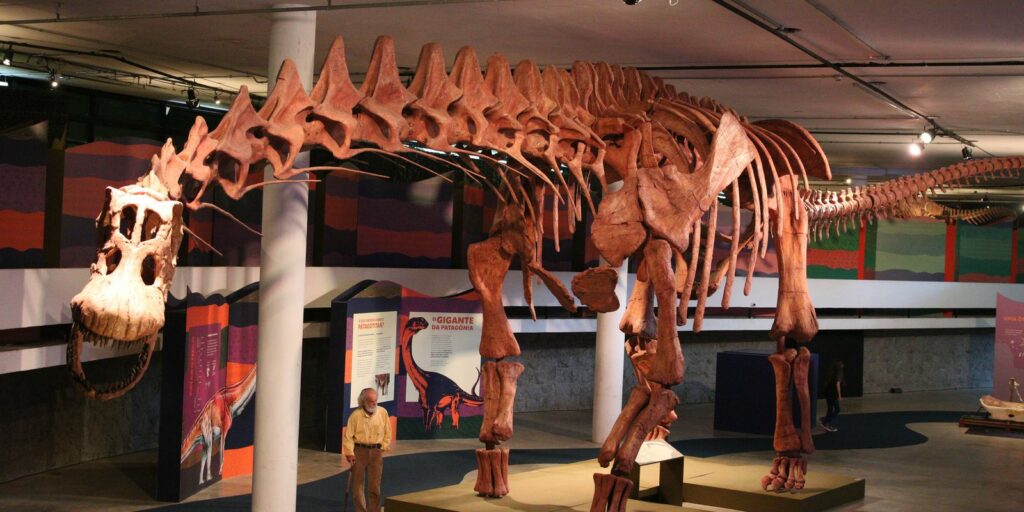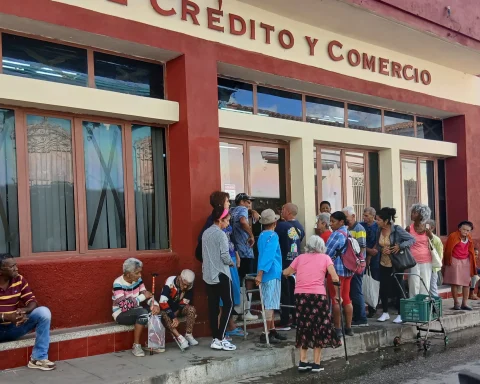The president of the Association of Automotive Factories (Adefa), Martín Galdeano, assured that the terminals are analyzing “new long-term investments” after a 2022 growth, which will allow reaching the production of 500,000 units and exports for US $ 8,000 million , achieved within a framework of incentives for the sector.
“For 2023 we see a demand that remains firm in the markets we supply, and at the same time we estimate that the challenges we had in 2022 regarding the supply of semiconductors and logistics will gradually improve,” predicted the also president of Ford Argentina.
In an interview with Télam, Galdeano delved into the work with the Government for the regulation of the Law for the Promotion of Investments in the Automotive-Autoparts Industry and its Value Chain No. 27,686, the extension of the elimination of export withholdings incremental for next year and the renewal of the import regime for electrified vehicles.

– Given the supply difficulties of imported components, whether due to local restrictions or global scarcity, how much did it affect the performance of the industry this year?
-The effects of the pandemic continue to impact the sector. The inconveniences in terms of logistics and mainly the shortage of semiconductors, added to domestic problems such as the conflict of tires and in the ports modified our projections.
Although the growth of the sector in production and exports is lower than what we projected at the beginning of the year, with a very great effort on the part of the terminals and the value chain, at the end of September we see a growth of 28% in production and 27 % in exports, with which we could be closing the year with some 500,000 production units and 300,000 exports.
For 2023 we see demand that continues to be strong from the markets we supply, and at the same time we estimate that the challenges we had in 2022 regarding the supply of semiconductors and logistics will gradually improve.
-Production projects are strongly export-oriented. How competitive was the industry this year?
-In effect, our sector follows an industrial strategy of specialization, where the terminals produce 1 or 2 models, on a large scale and with high added value, exporting an average of 60% of what it produces. Even in several terminals that percentage reaches 80% and the trend is towards growth in new projects and this is what makes large-scale investments feasible.
As a reference, in 2022 it will represent more than US$ 8,000 million of exports. For the Argentine automotive industry, global competitiveness in costs and quality, the development of a solid and modern auto parts industry, and access to export markets under favorable conditions is of vital importance for its long-term sustainability. An example of this, and one that has contributed to the improvement in export volumes, is the non-payment of tariffs on incremental exports this year. The measure having been so successful for both the chain and the country, we are already working to obtain an extension for next year.
“For 2023 we see demand that remains strong from the markets we supply, and at the same time we estimate that the challenges we had in 2022 regarding the supply of semiconductors and logistics will gradually improve”
-What will the recent Investment Promotion Law contribute to this improvement in competitiveness?
-This law establishes a regulatory and tax framework that creates favorable conditions for investment and contributes to improving competitiveness, at a time when new long-term investments are being analyzed by automotive terminals.
Our industry is characterized by its intense level of long-term venture capital investment.
The investments required for a new exclusive platform are high (+USD 500 million) and require a high scale of production. The domestic market by itself does not provide these necessary scales, so for production to be viable in Argentina, it is essential to be a competitive export platform, also requiring new markets.
In short, for this business model to be viable, competitiveness and the implementation of laws such as these are required, which help to bring us closer to this essential requirement, especially at a time when there is significant installed overcapacity and all the plants work to be competitive in order to obtain approval of new projects and supply new markets.
The law can contribute to reinforcing this export model because two of its main benefits are, on the one hand, the possibility of recovering VAT on investment in capital goods and tooling (if it is not recovered, it ends up forming part of a cost subtracting competitiveness) and, on the other, the products manufactured as a result of these investments do not pay export duties.
-Does the sector have other pending issues in the dialogue with the Government and the unions?
-The global automotive industry is undergoing a process of transformation unprecedented in its history. Given this context, at the beginning of 2019, we began a dialogue process with all the members of the value chain with the aim of ensuring the long-term sustainability of our sector. We reached a common vision and goals for 2030, including proposals for concrete actions to achieve them, which we presented to the government in December 2019.
An example of this is the Law for the Promotion of Investments in the Automotive-Autoparts Industry and its Value Chain recently approved by Congress. In line with this, we permanently carry out an active work agenda together with the value chain and the government in pursuit of these long-term objectives.
In this sense, today we are working on advancing with the regulation of the Law for the Promotion of New Investments, with the extension of the elimination of withholdings on incremental exports for next year and with the renewal of the import regime for electrified vehicles. . On the other hand, we are working on the development of new technologies in the Light and Heavy vehicles segment and on proposals to advance the New Technologies or Sustainable Mobility Bill.
-How can greater integration of the autoparts industry be improved? Is it possible to reverse or at least compensate for the strong deficit of that balance?
-It is part of the pillars of our 2030 Vision. As a chain we are always focused on how to promote and develop suppliers to raise our integration content. In each new investment plan of the terminals that make up Adefa, a significant percentage of the amount is allocated precisely to the development of Argentine auto parts. For our sector, the development of a solid, modern and competitive auto parts industry in cost and quality is fundamental.


















